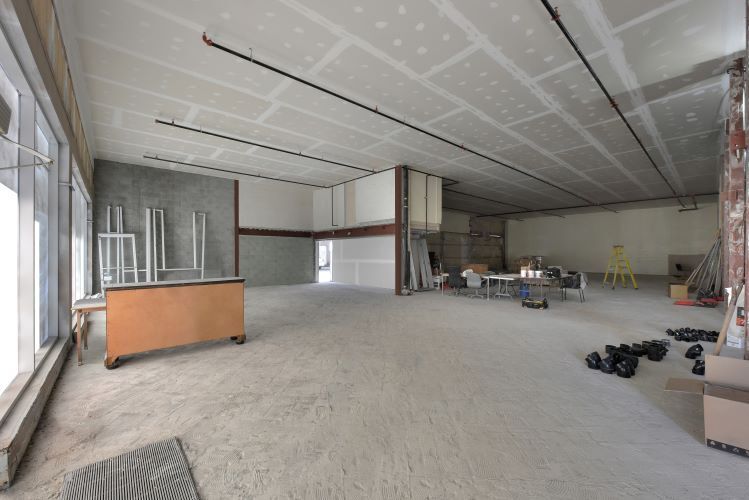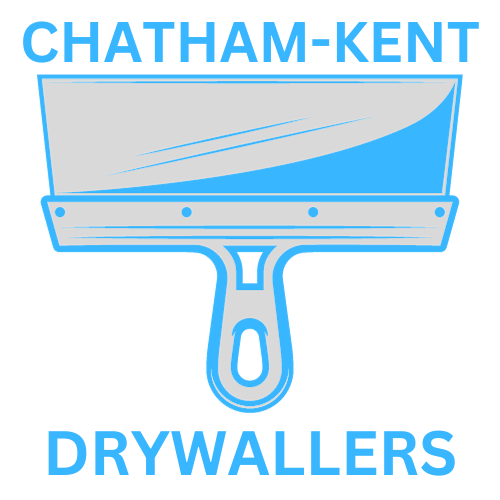How to Prevent and Fix Drywall Cracks

Dealing with Drywall Cracks: Prevention and Repair Tips
Drywall cracks can be a common occurrence in homes, but they don't have to be a permanent eyesore. At Chatham-Kent Drywallers, we understand the frustration that comes with dealing with these cracks, and we're here to provide you with some prevention and repair tips to keep your walls looking flawless.
Prevention Tips:
- Control Humidity Levels: Fluctuations in humidity can cause drywall to expand and contract, leading to cracks. Use a humidifier in dry climates and a dehumidifier in humid climates to maintain consistent humidity levels.
- Proper Installation: Ensure that drywall panels are installed correctly, with proper spacing and fastening to prevent stress on the joints. Hiring professional drywall installers like Chatham-Kent Drywallers can help ensure a proper installation.
- Use Drywall Tape: Apply drywall tape over seams and joints before applying joint compound. This helps reinforce the seams and reduces the likelihood of cracks forming along these areas.
- Avoid Overloading Walls: Be mindful of heavy objects or fixtures that are mounted on walls, such as shelves or large mirrors. Distribute weight evenly and use appropriate anchors to prevent excessive stress on the drywall.
- Regular Maintenance: Inspect your walls periodically for signs of cracks or damage. Addressing small cracks early can prevent them from worsening over time.
Repair Tips:
- Assess the Damage: Before making any repairs, assess the extent of the damage. Determine whether the crack is superficial or extends through the entire thickness of the drywall.
- Prepare the Surface: Clean the area around the crack to remove any dust or debris. Use a putty knife to gently scrape away loose drywall compound and create a smooth surface for repairs.
- Apply Joint Compound: Fill the crack with joint compound using a putty knife, pressing firmly to ensure it penetrates the crack completely. Smooth out the excess compound and allow it to dry according to the manufacturer's instructions.
- Sand and Feather: Once the joint compound is dry, sand the area lightly to smooth out any rough edges. Feather the edges of the repaired area to blend it seamlessly with the surrounding wall surface.
- Prime and Paint: Apply a coat of primer to the repaired area to seal the surface and promote adhesion of the paint. Once the primer is dry, paint the wall to match the existing color and texture.
By following these prevention and repair tips, you can keep your drywall looking its best and prevent cracks from detracting from the beauty of your home. If you encounter more extensive damage or need professional assistance with drywall repairs, don't hesitate to contact Chatham-Kent Drywallers for expert assistance.
You might also like



